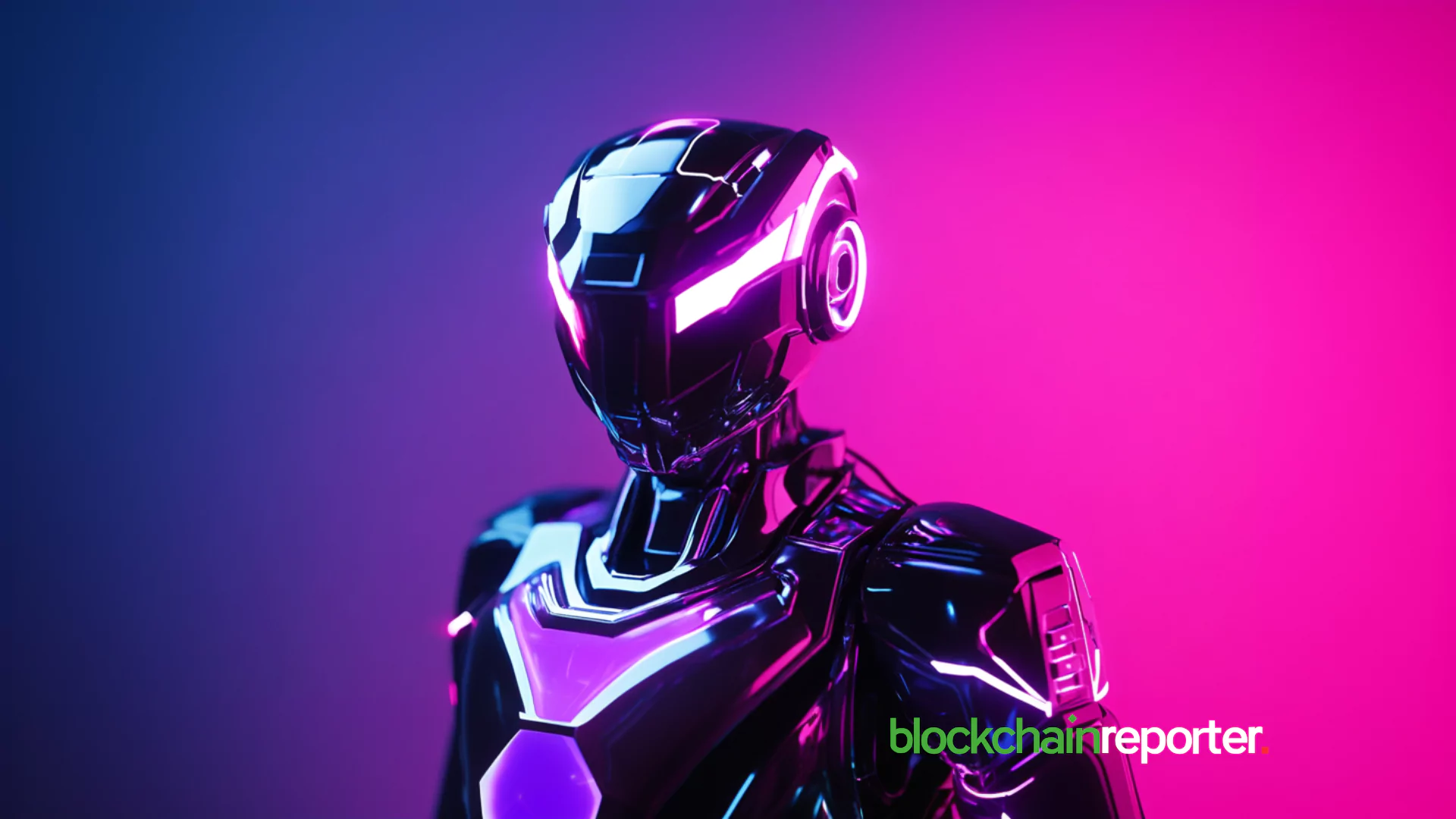Ultiland Taps AGI Open Network to Merge RWA Tokenization, Art and AI

Ultiland, a renowned Web3 entity unveiling the Art-as-liquidity model, has collaborated with AGI Open Network, a popular decentralized AI company. The main objective of the partnership is to merge AI-led creativity with the tokenization of real-world assets (RWAs). Ultiland’s official X announcement asserts that the development marks a groundbreaking move to establish an AI-driven creative economy. Hence, the joint effort attempts to strengthen numerous developers in the development and monetization of AI Agents within the decentralized ecosystem.
Ultiland and AGI Open Network Join Forces to Combine RWA Tokenization with Digital Art
In partnership with AGI Open Network, Ultiland endeavors to combine RWA tokenization and AI-powered creativity. This takes into account the integration of the Art-as-Liquidity framework with AI Agents, permitting automated management as well as value flow of intellectual properties (IPs) and digital art. With this merger, the pricing, trading, and protection of the creative assets can be done dynamically on-chain. This is set to notably improve creativity and liquidity within the world of digital art sector.
Establishing Creator-Focused, AI-Led, and Transparent Web3 Economy
According to Ultiland, the development denotes a transformative vision to revolutionize the interaction of decentralized finance, creativity, and technology in the advanced digital landscape. The respective ecosystem permits builders to effectively monetize AI Agents across the Web3 environments to drive ownership and engagement. Ultimately, by combining RWA tokenization, Art, and AI, the duo is set to shape a relatively transparent, creator-focused, and intelligent Web3 economy.
You May Also Like

Ripple Seals $1.25B Deal to Acquire Hidden Road — Big Move in Crypto

Cashing In On University Patents Means Giving Up On Our Innovation Future
